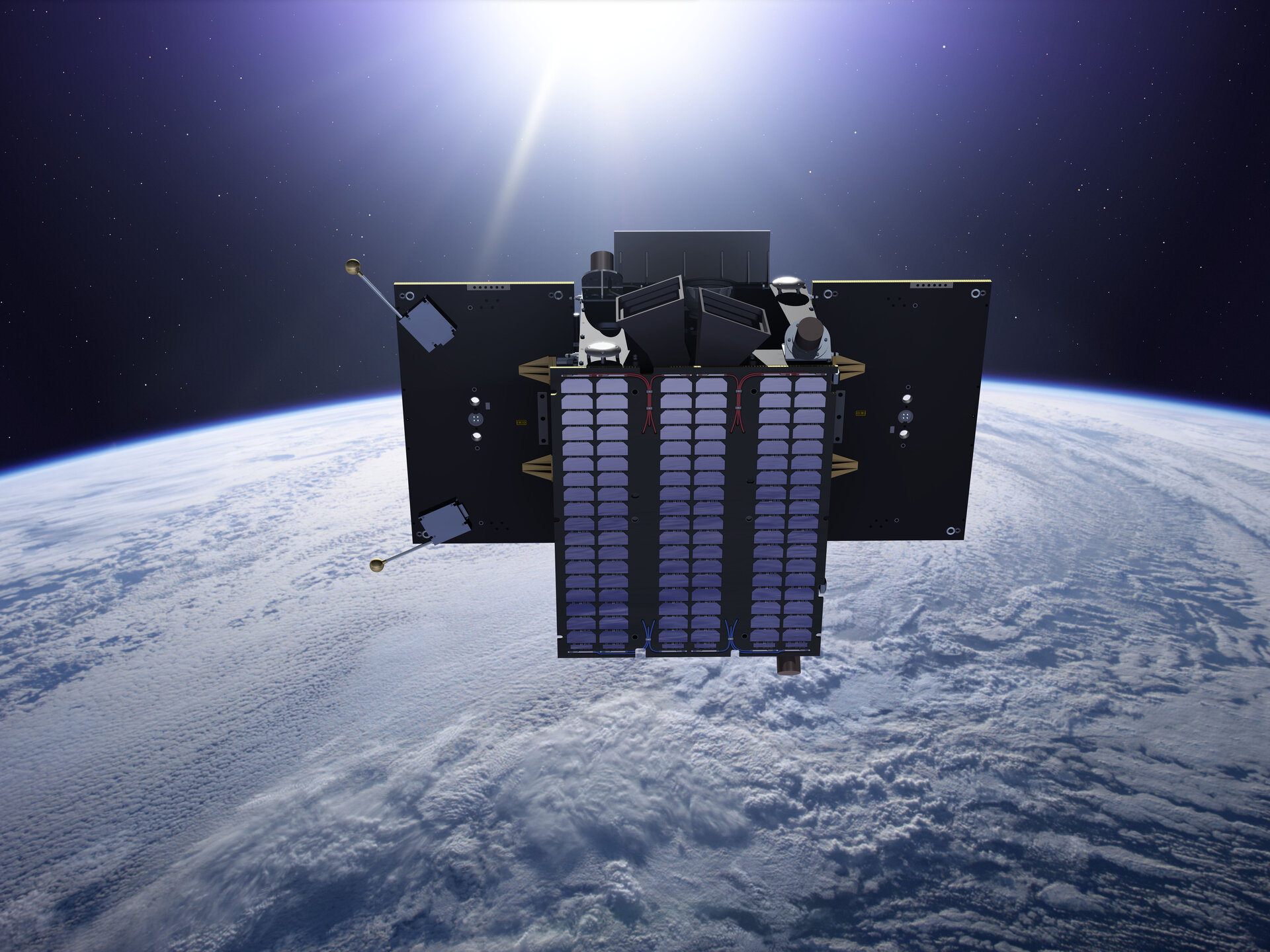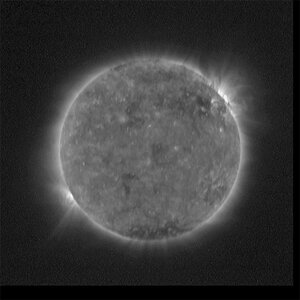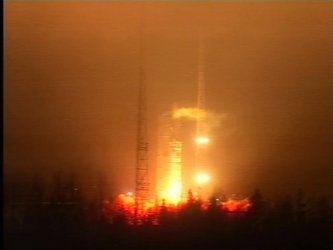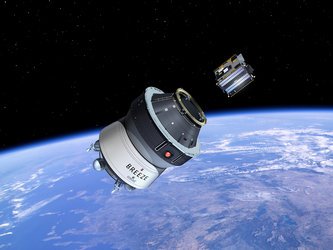Proba-2: note to editors
Packed with novel devices and science instruments, Proba-2 is demonstrating technologies for future ESA missions while providing new views of our Sun.
Science instruments
LYRA was built by PMOD/WRC (CH) with Centre Spatial de Liège as lead institute and the Royal Observatory of Belgium as Principal Investigator, supported by an international team comprising PMOD (CH), IMOMEC (BE), The Max-Planck-Institut für Sonnensystemforschung (DE), and BISA (BE).
SWAP was developed by Centre Spatial de Liège with the support of the Royal Observatory of Belgium and with an industrial team comprising TAS-ETCA (BE), AMOS SA (BE), DELTATEC (BE), Fill Factory NV (BE) and OIP NV (BE).
TMPU was developed by a Czech consortium, led by the Institute of Atmospheric Physics, Academy of Sciences of the Czech Republic (CZ).
DSLP was developed by the consortium of Astronomical Institute and Institute of Atmospheric Physics, Academy of Sciences of the Czech Republic (CZ), RSSD ESA ESTEC (NL), Czech Space Research Centre (CSRC), Brno (CZ) and SPRINX Systems (CZ).
Technology demonstrations
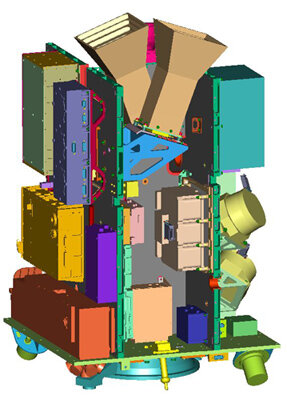
The technology demonstrations aboard Proba-2 are:
a new type of lithium-ion battery, developed by SAFT (FR)
an advanced data and power management system, containing many new component technologies, including the LEON processor developed by Verhaert Space (BE)
combined carbon-fibre and aluminium structural panels, developed by Apco Technologies SA (CH)
new models of reaction wheels from Dynacon (CA), startrackers from DTU (DK) and GPS receivers from DLR (DE)
an upgraded telecommand system with a decoder largely implemented in software by STTSystemTechnik GmbH (DE)
a digital Sun sensor, developed by TNO (NL)
a dual-frequency GPS receiver, developed by Alcatel Espace (FR)
a fibre-sensor system for monitoring temperatures and pressures around the satellite, developed by MPB Communications Inc. (CA)
a new startracker development being test-flown before use on the BepiColombo mission, developed by Galileo Avionica (IT)
a very high precision flux-gate magnetometer, developed by DTU (DK)
a miniature magnetometer developed by Lusospace (PT)
a magnetotorquer for attitude control developed by ZARM Technik AG (DE)
an experimental solar panel with a solar flux concentrator, developed by CSL (BE)
a xenon gas propulsion system using resistojet thrusters and a solid-state nitrogen gas generator to pressurise the propellant tanks, developed by SSTL (GB) and Bradford (NL)
an exploration micro-camera (X-CAM), developed by Micro-cameras & Space Exploration (CH)
- new GNC algorithms developed by NGC (CA)


